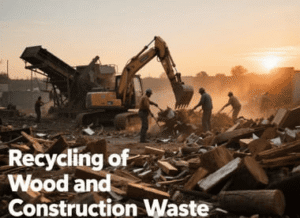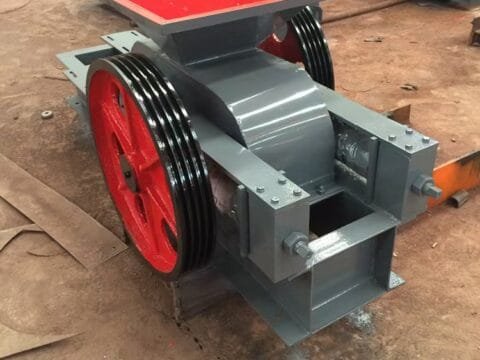
When the world produces more than 3.5 million tons of municipal waste every day, how to achieve efficient classification has become a mandatory course for human survival. In a waste treatment plant, a set of silver-gray equipment is 30 tons per hour speed precision sorting of garbage, metals, plastics, organics were put into different collection bins, the whole process is like a precision surgery. Behind this, it is the technical innovation of garbage screening equipment in the reconstruction of solid waste treatment industry logic.
1, the underlying logic of the garbage treatment revolution
The traditional manual sorting model exists in low efficiency, high cost, safety hazards three major pain points. An environmental research institute data show that manual sorting impurity residue rate of up to 18%, and equipped with photoelectric sorting machine modern equipment can control the value of 3% or less. The garbage screening equipment realizes the leap from rough treatment to fine management through the triple technology matrix of *vibratory screening, magnetic sorting, and optical identification*:

The vibrating screening layer adopts a multi-level amplitude design to complete the initial separation through the difference in material particle size.
Eddy current sorter utilizes the magnetic field characteristics to extract non-ferrous metals.
Near-infrared spectrometer identifies more than 20 types of plastic materials.
This technological integration not only improves the sorting efficiency by 5-8 times, but also allows the resource recovery rate to break through the 75% mark. In a circular economy park, the whole set of systems makes the purity of food waste reach the 98% standard required for fermentation, providing high-quality raw materials for subsequent biogas power generation.
2, the golden rule of equipment selection
In the face of a wide range of screening equipment on the market, environmental protection enterprises need to establish a scientific selection logic. Processing capacity, material characteristics, site conditions constitute the iron triangle of equipment selection:
For construction waste treatment, the combination of *heavy-duty tumbler screen* and air separator can efficiently separate concrete blocks from light debris.
For domestic waste, the intelligent system of *bouncing screen+optical sorting* can accurately identify organic matter and recyclables.
Special scenarios, such as the treatment of medical waste, require a closed sorting line equipped with a *microwave sterilizing module*.
The case of an environmental technology company is quite typical: the modular screening system can be quickly adjusted according to changes in the composition of the waste. The modular screening system can be quickly adapted to the changing composition of the waste (5-150 mm infinitely adjustable), increasing the applicability of the equipment by up to 40%. This kind of * flexible design * is an important trend in the current technological development.
3, the technical inflection point of intelligent upgrading
When the AI algorithm intervenes in the field of garbage sorting, the equipment is experiencing a qualitative change from mechanization to intelligence. Deep learning + machine vision technology fusion, so that the equipment to obtain “human-like” recognition capabilities:
A brand of intelligent sorting robot adopts multi-spectral imaging technology to distinguish between transparent PET bottles and PVC materials
The kinetic analysis system based on the bouncing characteristics of materials can accurately determine the physical differences between glass and ceramics
The application of *digital twin technology* enables the equipment to simulate the operating state under different working conditions, avoiding the risk of material blockage in advance
These innovations have enabled the sorting accuracy to reach a new height of 99.2%. In a pilot project of a “waste-free city”, the intelligent screening system has increased the metal recycling rate to 92%, and reduced the annual landfill volume equivalent to the area of 30 standard soccer fields.
4. Value reconstruction of the whole industry chain
The technological breakthrough of waste screening equipment is reshaping the economic model of solid waste treatment. As seen from Beijing Sanitation Group’s operational data, treatment plants equipped with advanced screening systems:
28% reduction in operating costs (mainly from labor and transportation cost reductions)
165% increase in revenue from renewable resource sales
Carbon emission reduction up to 3.2 times that of the traditional model
This change has given rise to a new business model. An environmental protection company launched the “equipment leasing + operation share” service, so that county-level waste treatment stations can also use high-end screening equipment, shortening the project return on investment cycle to 2.8 years.
At the Hannover Messe in Germany, innovative designs such as self-cleaning screens, biodegradable plastic identification modules, and heavy metal detection systems signaled the evolution of waste screening equipment toward a smarter, more environmentally friendly direction. When these technological breakthroughs are deeply integrated with the Internet of Things (IoT) and blockchain traceability system, an all-process visible, traceable and controllable solid waste management system is taking shape.



